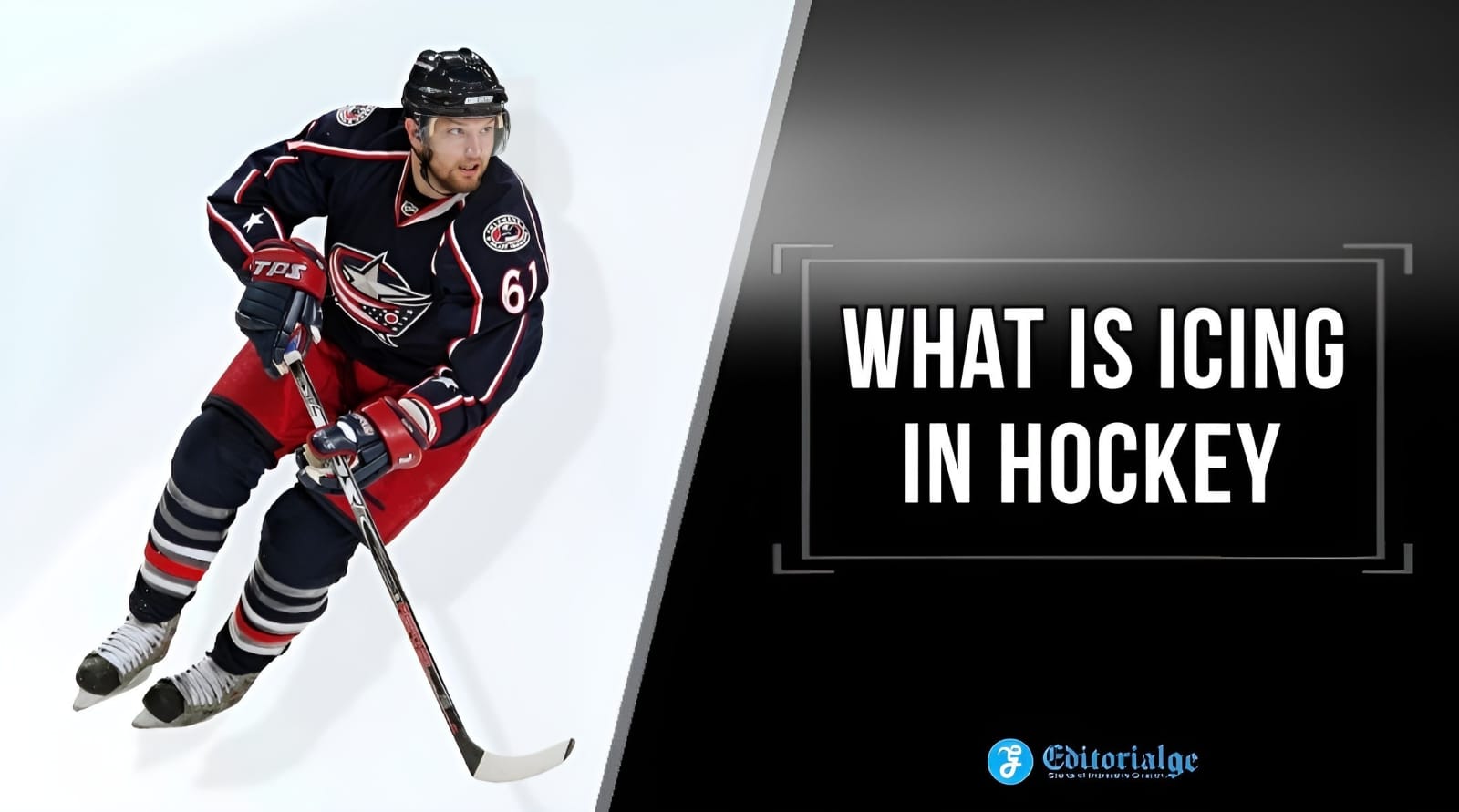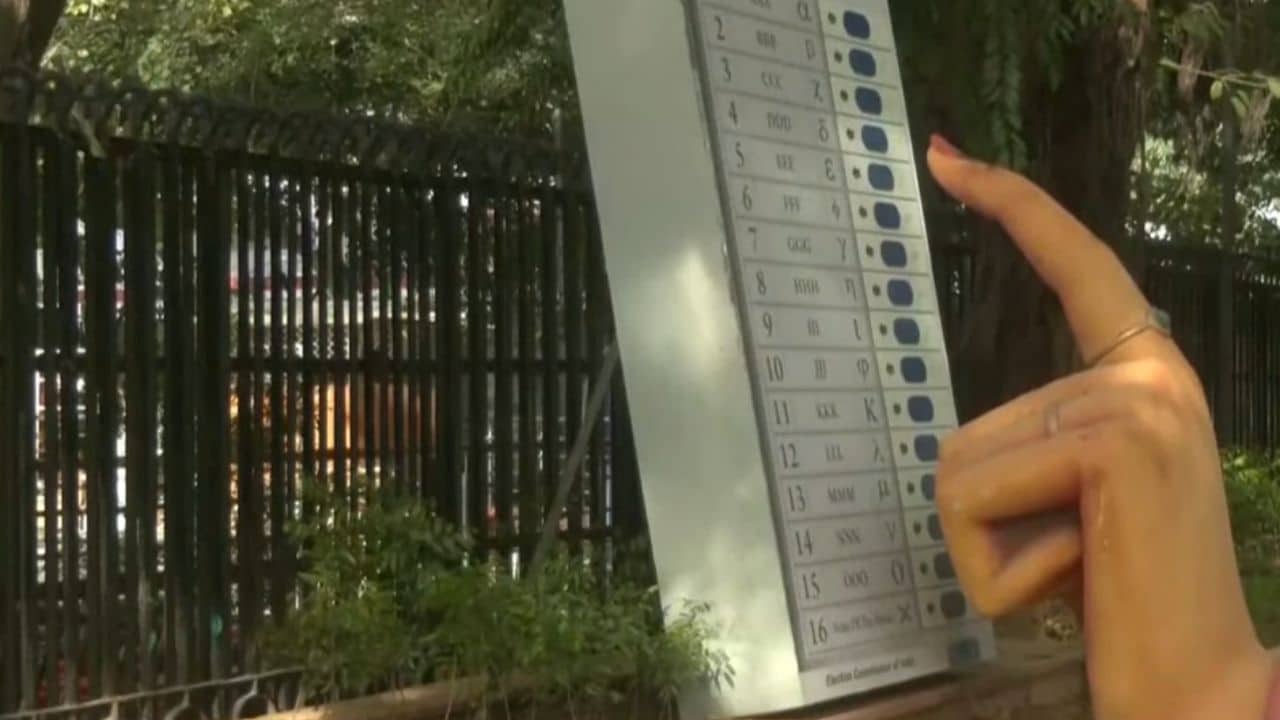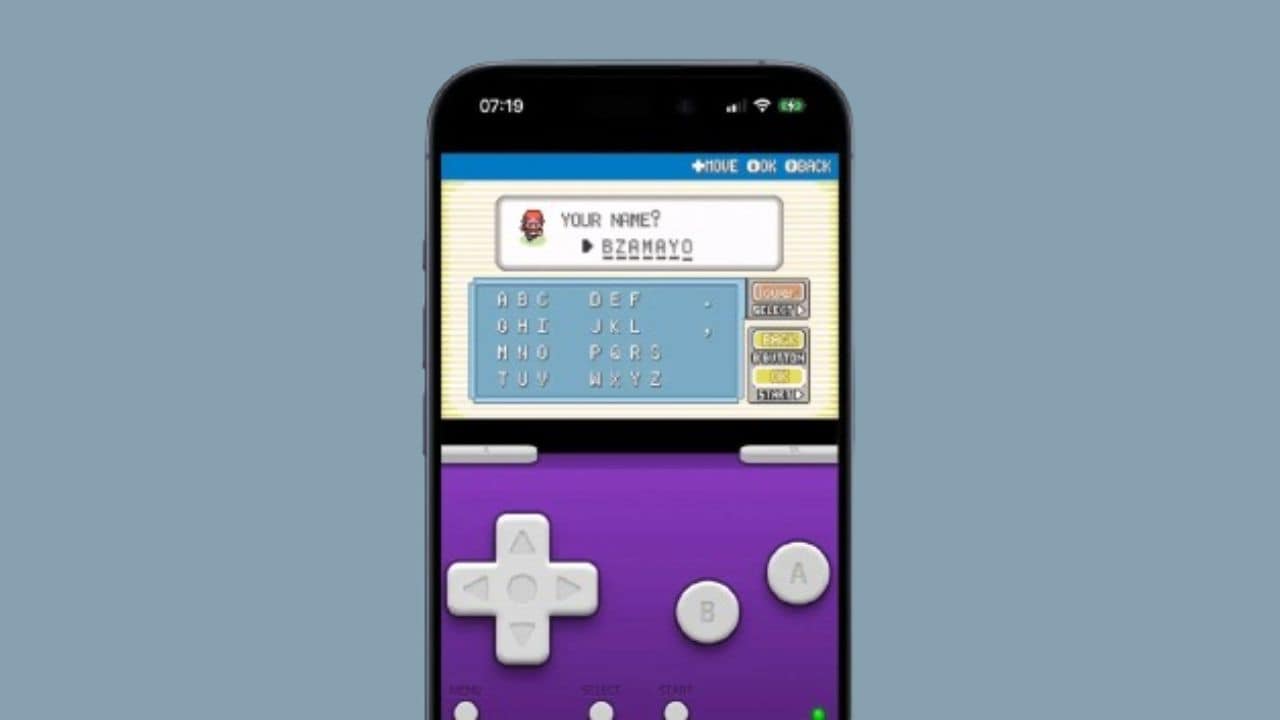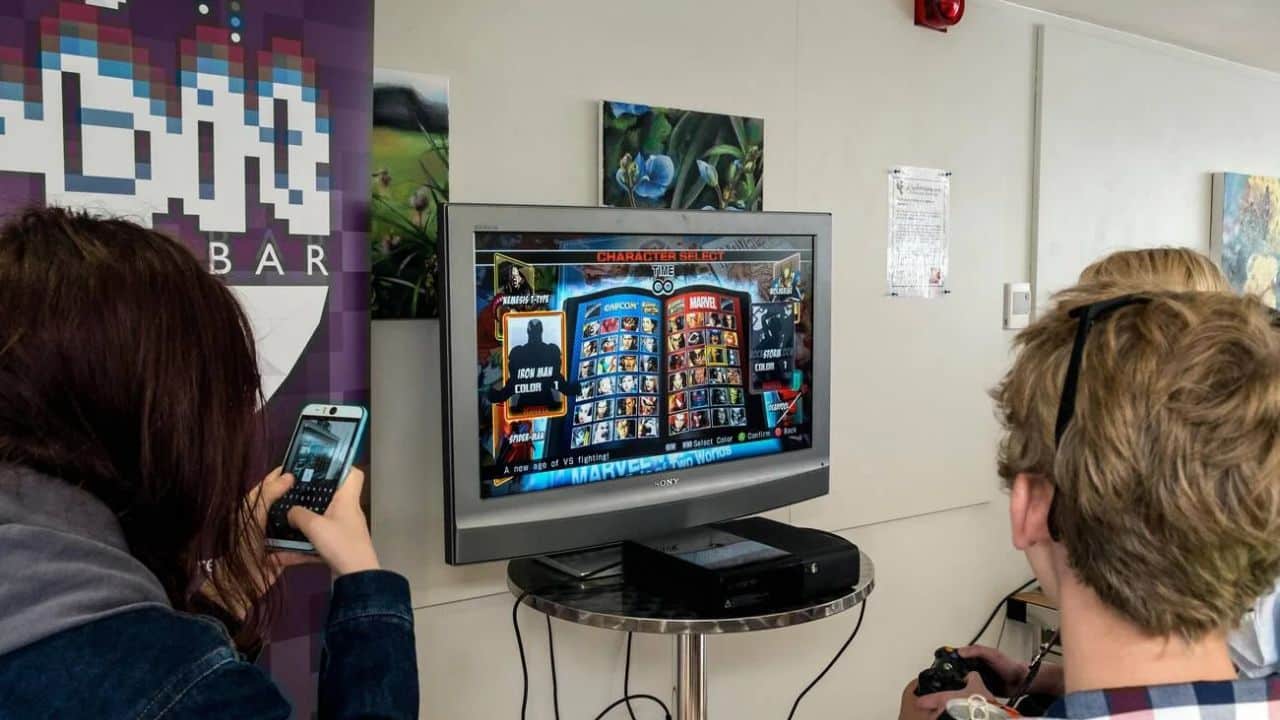Listen to the Podcast:
Do you know what is Icing in hockey? For a hockey fan who knows a lot about the game, the icing rule may seem clear, but for many new and old fans, it can be hard to understand. When I first started playing hockey, I had no idea what icing was.
I didn’t really understand the rule until I played and watched the game for years. So, what does “icing” mean in hockey?
Icing happens when a player sends the puck over the red centre line and the goal line of the other team without either team touching the puck. When icing is called, the game starts over in the defensive zone of the team that did it.
On the surface, the above definition of “icing” sounds black and white. But if you’ve ever been to a crowded arena to watch a game, no matter what level, you’ve seen the controversy this call stirs up. No two-sentence explanation isn’t enough to explain how a rule that seems simple can involve so many different parts of the game and strategies.
What is Icing in Hockey?
When the puck is shot from behind the centre line and goes past the other team’s goal line, this is called “icing.” If the other team is closer to the puck when they cross the end zone face-off dots with their skates, the play is stopped. When the rule was first made, it was meant to stop teams from using delay tactics to ease offensive pressure from the other team.
The next face-off happens at either of the defensive team’s face-off dots after the infraction. Starting with the 2019-20 NHL season, the other team can choose which side of the ice they want the puck to drop on.
Read More: How Many Periods in Hockey
History of Icing in Hockey
In 1937, the NHL made icing a penalty for teams that tried to slow down the game by clearing the puck. In short, teams that were trying to defend themselves shot the puck down the ice to stop the other team from closing the score gap.
Since it was first made, the icing has been changed in a number of ways, including the ones below. In 1951, the goalie could play the puck instead of icing it. During the 1990-1991 season, icing would also not count if the puck went through the crease area.
During the 2004-05 season, line change restrictions were put in place. This meant that the team that broke the rule had to keep the same players on the ice. Hybrid icing took the place of touch icing for the 2013–14 season.
What is the Icing Rule in Hockey?
Icing is a penalty that happens several times during a hockey game because it is part of the rules. The penalty stops the game completely, and the face-off dot moves to the defensive zone of the team that got the penalty.
Icing happens when a team passes the puck and crosses two “red lines” at the same time. In a hockey rink, there is a red line down the middle and a red goal line at each end. If a player shoots the puck across the centre line and the goal line at the other end of the ice without another teammate touching it, the play is called “icing.”
A race to the puck at the end of the ice is often part of a possible icing call. If a player from the same team that shot the puck is the first to touch it, the icing rule can be changed. But if a player from the other team touches it, it will lead to a call of “icing.”
Read More: How Long are Hockey Games
Types of Icing Penalties
In hockey, there is a standard rule about icing, but there are also three other ways to ice.
Hybrid Icing
Hybrid icing in hockey is when the puck is shot from behind the centre red line, and two players race down the ice, with the two farthest faceoff dots, which belong to the team that iced the puck, being the “finish line” instead of the goal line. If a member of the team that iced the puck is the first to touch it, the game keeps going. If the other team gets to the puck first, the game is over.
Touch Icing
For the referee to stop the game, players from the other team (other than the goalie) must touch the puck. If a player from the team that iced the puck is the first to touch it, the game keeps going. This rule makes races for the puck very fast!
No-touch Icing
No-touch icing is easy to use. When a player shoots the puck from behind the center red line and it goes over the goal line of the other team, the game is over.
This kind of hockey icing was made so that players wouldn’t hurt themselves as much when they hit the boards during standard icing.
What is Hybrid Icing or No Touch Icing?
The team that shot the puck down the ice can actually get the icing waved off, which is an important thing to know. This means that there will be no icing if the team that shot the puck down the ice is the first to touch it after it goes over the goal line. In the past, for the icing to be called, the defensive player would need to touch the puck when it passed the goal line before an opposing player. Because of this play, a number of defensive players were hit very hard from behind as they tried to get the icing called in the race for the puck. Over the years, this has hurt a number of people very badly.
The NHL came up with the hybrid icing or no-touch icing rule to keep these races for the puck going without hurting anyone. For players to touch the puck, they no longer have to race to the end boards. Instead, they have to race to the faceoff dots in the defensive zone. If the player on defense gets to the face-off dot before the player who might be icing, the official will blow the whistle for icing. But if the player who could be icing is ahead at the faceoff dot, the official will let the game continue.
At that point, whoever touches the puck will determine whether it is icing or not. If the player on defence touches it, it will be over. But if the team that shot the puck down the ice is the first to touch it, the game will keep going.
Read Also: How Long is a Lacrosse Game
What Happens After Icing?
When a team “ices” the puck, the other team gets a face-off in their defensive zone. The team that broke the rule can’t change lines, but the other team can. This can be a problem for teams whose defence is tired and worn out but whose offence is full of fresh players. Also, the team on defence can’t call a timeout.
If a player on defence could get off the ice or take a break, the icing penalty might be worth it for the team that did it. So, if they have to keep the same players on the ice, it gives them a reason not to ice the puck.
The normal place for a face-off is where the attacking team’s defence is. But if there is also a delayed penalty, the face-off will happen from the neutral spot of the team that is attacking.
Why Was the Icing Rule Created?
In 1937, Icing was made so that players couldn’t use delay tactics. Before the rule was put in place, teams that were ahead late in games could just shoot the puck all the way down the ice without stopping the game. This wasted time on the clock. Not only was this frustrating for the losing teams’ players, but it was also frustrating for the fans. So, icing (stopping play and starting over in the offending zone) was made so that teams couldn’t shoot the puck down the ice.
Also Read: DB in Football
How Does Icing Work in the NHL?
This rule is about the blue and red lines on the rink. When a hockey player on one side of the rink flips the puck to the other side, this is called “icing.” After that, the puck goes over the red goal line. Both defence and offence use icing.
As a defensive strategy, the goal is to move the puck away from the players who are trying to score. And the goal of going on the attack is to get the puck into the other team’s zone. To put the puck on the ice, you have to shoot it over the red centre line. It also has to go over the red line in front of your opponent’s goal without being touched by anyone.
Before 2014, if a defender touched the puck after it crossed the red line, the referee would call it “icing.” To make the game safer, “no touch” or “hybrid” icing was added. When the puck crossed the line, the game stopped, and “icing” was called.
How is Icing Different from Offsides?
In hockey, icing is a lot like being offside. These penalties make it take longer to get into the offensive zone, which helps the defence. The red lines on the ice are for icing, while the blue lines are for offsides.
The Hockey Writers give a clear explanation of the “offside” rule in hockey. Before going into the offensive zone, a player must be behind the blue line and wait for the puck to pass. Forwards can’t wait for line-drive passes that could help them score in front of the net because of this rule.
Know more: History of Pickleball
How do Players Learn to Ice the Puck Without Icing?
Any time a rule changes, players are smart enough to figure out how to play by the new rules. Players have learned how to do a little trick that gives them the same effect as icing the puck without actually doing it.
You will see that a player will often flick the puck way up into the air and down the ice. Most of the time, a puck that is flicked into the air won’t have enough power to get all the way down the ice and past the goal line, but it will have enough force to let the team clear the defensive zone and change lines. This is basically icing, but it doesn’t have any of the bad things that icing does.
How Long Do Hockey Players Stay on the Ice?
On average, a hockey player stays on the ice for only 45 seconds at a time. The length of time varies based on where the player is. For instance, defensemen may stay on the ice longer during a single shift. Players have been able to stay on for up to a minute in the past.
It might not seem like much time, but if a player is on the ice for too long, their performance can drop quickly. Plus, hockey is a very active sport. If you want to score any good goals, you have to keep your mind sharp throughout the game. In any case, players have to think about things like how convenient it is and what the best move is.
Read Also More: How Long is a Volleyball Game
Icing in Recreational Hockey Leagues
Most hockey leagues, for fun, use the “no-touch icing” (also called “automatic icing”) rule. In this case, the icing penalty will be called as soon as the puck crosses the goal line, no matter where the players are on the ice. So, even if a player on the other team is closer to the puck, the play is still called dead. If the goalie touches the puck or looks like they want to play it, they won’t get an icing.
At an intramural league, I saw a version of the “no touching the ice” rule that is still in place today. If the player clears the puck past their own blue line instead of from the centre line, they won’t get an icing (standard rule).
How are Teams Penalized for Icing the Puck?
The game is stopped, and the puck is taken all the way back to the team that did something wrong. Yes, icing the puck means the next play will start in your zone. Not only that, but the team that froze the puck can’t change lines, either.
The main point is that a team will have to play with tired players. The NHL has also changed the penalties for icing in the last few years. After icing the puck, a team can no longer call a timeout to give their players a break. Also, if you ice the puck, your opponent gets to choose which face-off circle will be used for the next face-off.
Then there is the situation where a team is trying to kill a penalty. If your team is short on players, the rules about icing don’t apply. In fact, if you are on the shorthanded team, you can ice the puck as much as you want. On a penalty kill, some people have said that you shouldn’t be able to put the puck on ice. The idea is that it will make more goals, which is similar to people who say that a power play should go on until the end of the penalty, even if a goal is scored. People are always looking for ways to make more goals in the NHL.
Times When Icing is Not Called
There are other times when the word “icing” is not used. One is when the ref sees icing but doesn’t call it. When this happens, the referee decides that a defender could have gotten to the puck but didn’t. In this case, the referee decides not to stop the game for the face-off but to keep it going.
There’s another time when the word “icing” won’t be used. At this point, the goalie is taken off the ice. Instead, it’s just a defensive move to keep the other team from scoring easily. When icing, if the puck goes into the goal, it is a goal.
The Exceptions to the Rule
There are exceptions to almost every rule, and the following are times when icing is not needed:
- When icing happens, the team that did it has (at least) one player in the penalty box.
- The linesman thinks that someone on the other team besides the goalie could have touched the puck before it crossed the goal line. This means that you can’t just stand there and let it go by you to get an icing call.
- The puck goes into the net.
- The puck is frozen right after the face-off.
- The goalie moves toward the puck after leaving the crease, which is the blue area in front of the net.
- In the NHL, if the linesman thinks that the icing was caused by a pass that was tried, the pass is considered to be receivable.
Why do Some People Think Icing Should be Eliminated from the Game?
Icing is a rule in ice hockey that is seen as unfair and dangerous by most people. This means that players often have to chase the puck into their own zone, where they could hit the boards or get checked by another player.
Many people think that icing should be taken out of the game because it puts players in danger when they don’t need to be. Also, icing often slows down play and can mess up the way the game is going. Because of these things, a lot of people think that icing should be taken out of the rules for hockey.
Conclusion
Icing is when one team shoots the puck down the ice, and it goes past the red line of the other team. One exception to this rule is when a penalty takes away a player from one team. If that happens, the team with fewer players can “ice” the puck to slow down time and stop the other team from scoring at their net.
Before icing became a rule in the NHL, teams would always try to get the next big breakaway by shooting pucks toward the other team’s goal line without being stopped. Today, the icing makes the game easier to follow and more fun to watch. Not only does the game go more smoothly, but the league is also trying to cut down on injuries, which is always important.
Frequently Asked Questions (FAQs) about What is Icing in Hockey?
What is a power play in hockey?
In hockey, a power play is when one team makes a mistake and has to play with one player less.
What is the purpose of icing in hockey?
In 1937, the icing was made so that players couldn’t use delay tactics. Before the rule was put in place, teams that were ahead late in games could just shoot the puck all the way down the ice without stopping the game. This wasted time on the clock.
What are the types of icing in hockey?
In ice hockey, icing calls are made based on different sets of rules that are used at different times during a play. Touch, no-touch, and hybrid are the three types of icing regulations.
Why is icing illegal in hockey?
This rule was made to keep players from running into each other and getting hurt as they tried to touch the puck first when it was icing. In a situation where icing could happen, the play keeps going if the goalie leaves his crease and touches the puck first.
What is the difference between offsides and icing in hockey?
Icing has to do with the puck, while off-sides has to do with the player. When icing is called, the puck crosses the red line on its own. When a player is offside, they enter the offensive zone before the puck. This means that for the call to be made, both skates must cross the blue line before the puck.
Can a Goalie Cross the Red Line in Hockey?
In hockey, goalies can’t cross the red line in the middle, but they can play the puck behind their team’s red line (goal line) as long as they stay inside the trapezoid. If a goalie moves the puck past the red line in the middle or behind his red goal line (but not in the trapezoid area), he or she will get a minor penalty.
Does icing happen on power plays?
Yes, only the team with the power play can call “icing.” The team with fewer skaters won’t have to put on ice.
What happens when a player commits icing?
The team that broke the rule can’t switch lines or take a timeout, and there’s a faceoff in their defensive zone.
Can a goalie wave off icing?
No, they can’t stop icing by waving their hands, but they can stop it by going out to play a puck. If the goalie comes out to play the puck or touches it before it crosses the goal line, the icing is no longer in effect.
What is a hat trick in hockey?
When one player scores three goals in one game, this is called a “hat trick.”
How Many Players Are Allowed On The Ice In Hockey?
Even though each team can have up to 20 players, only six of them will be on the ice at any one time. Unless there is a penalty kill, every game has one goalie, two defensemen (left and right), and three forwards (left, right, and centre wings). If that happens, the team will be short-handed for at least ten penalty minutes.
Can You Touch The Puck With Your Hands?
If you catch the puck, put it back on the ice as soon as you can. Follow it, but be careful: if you close your hand over the puck, you could get a penalty.







































